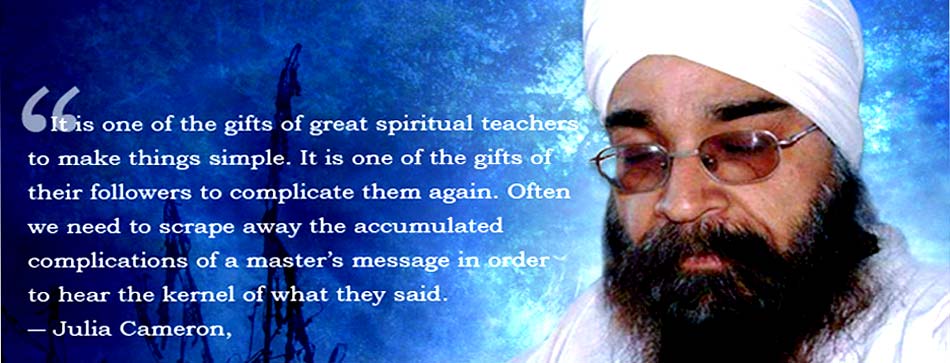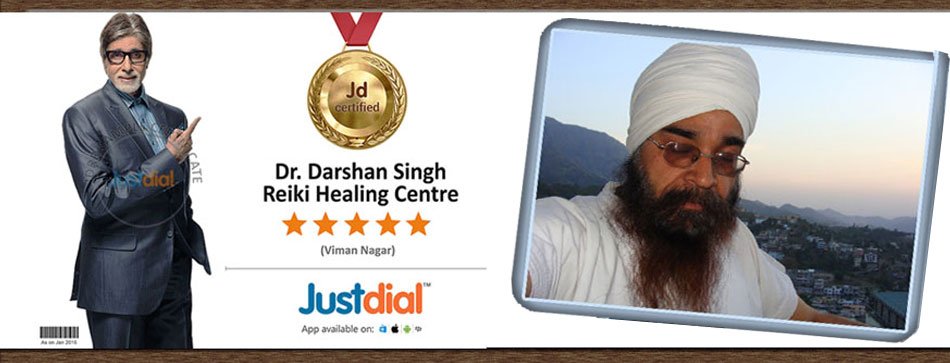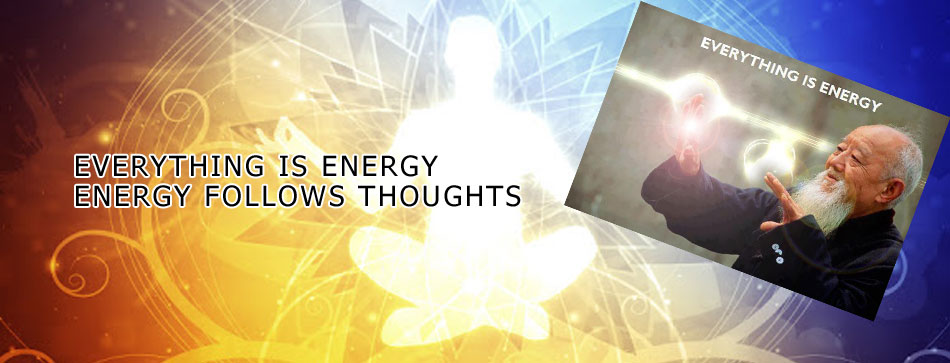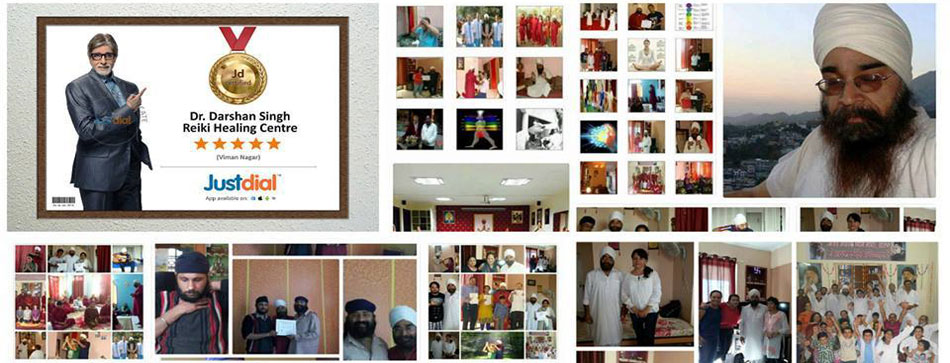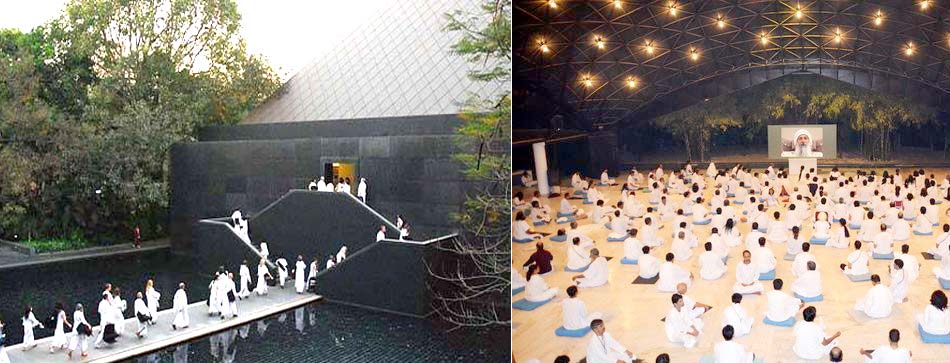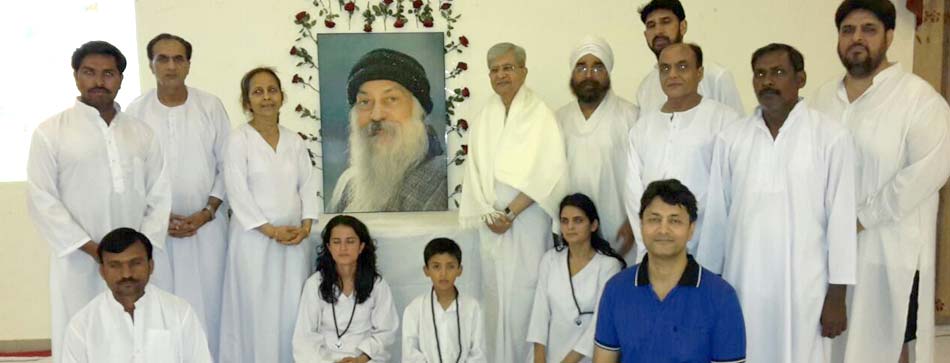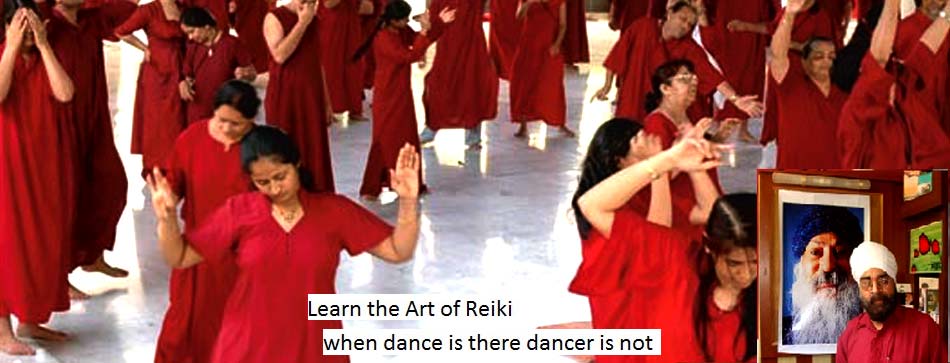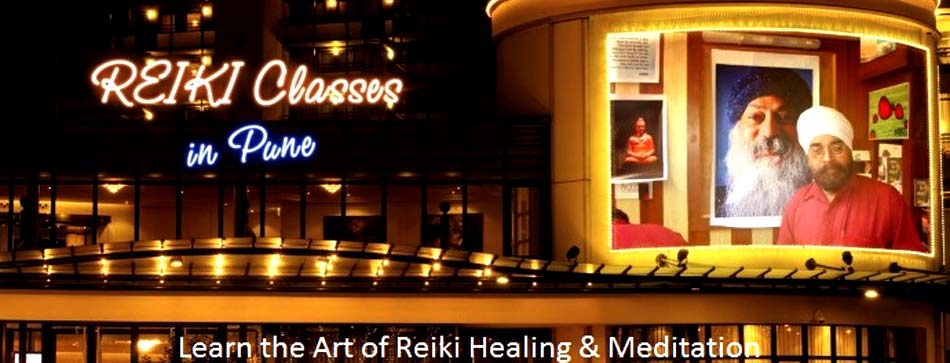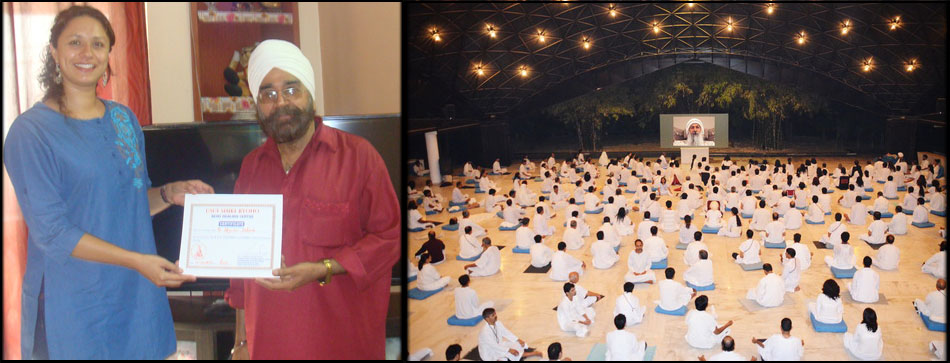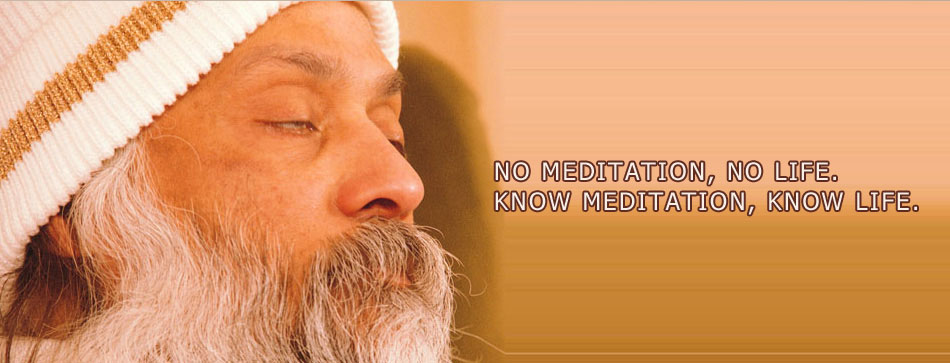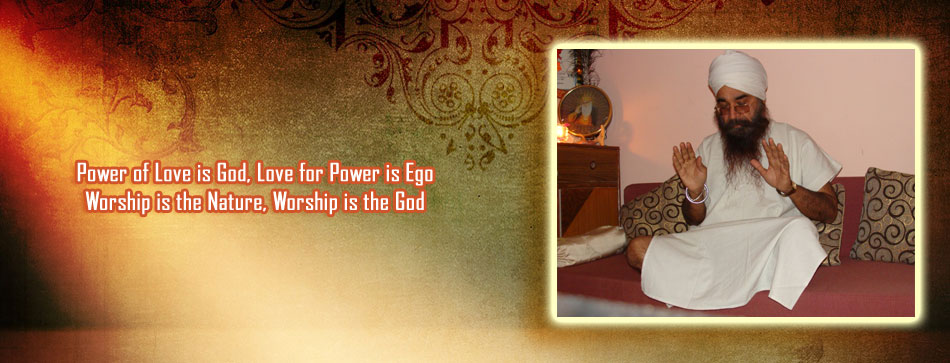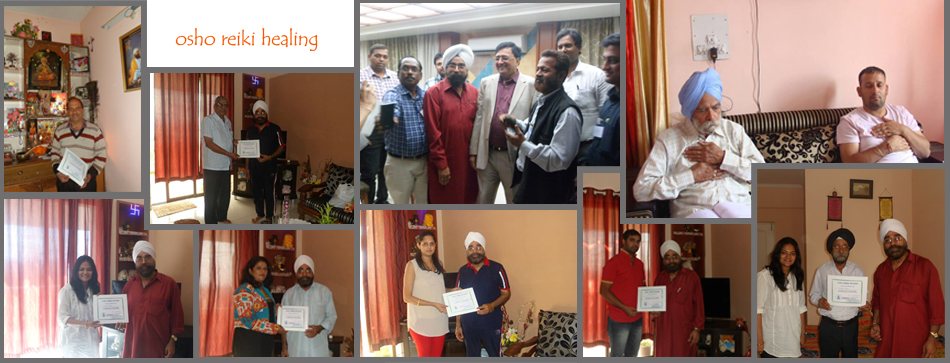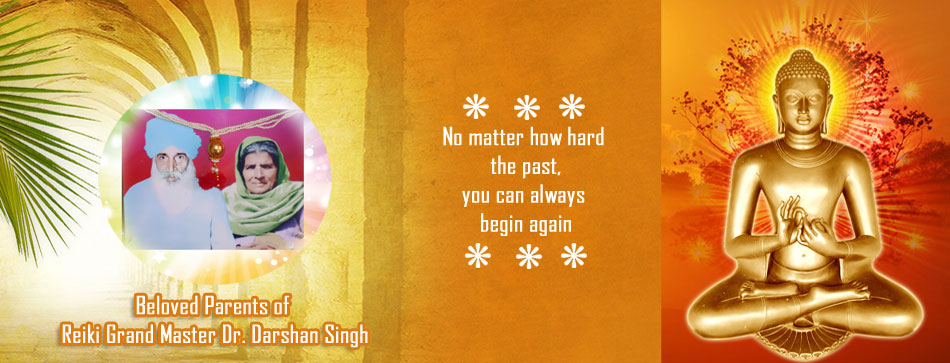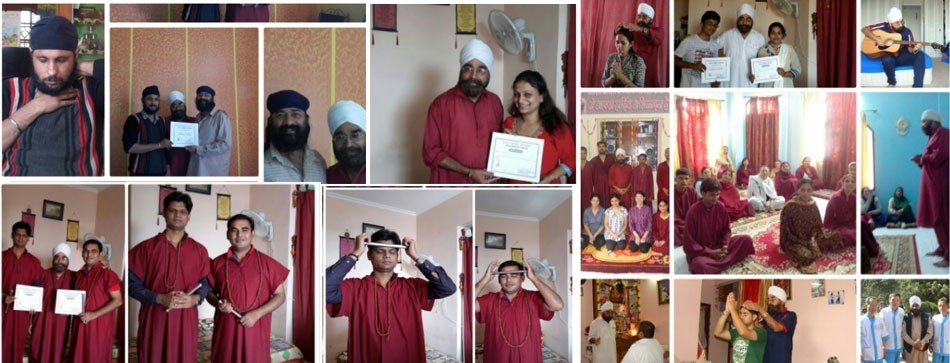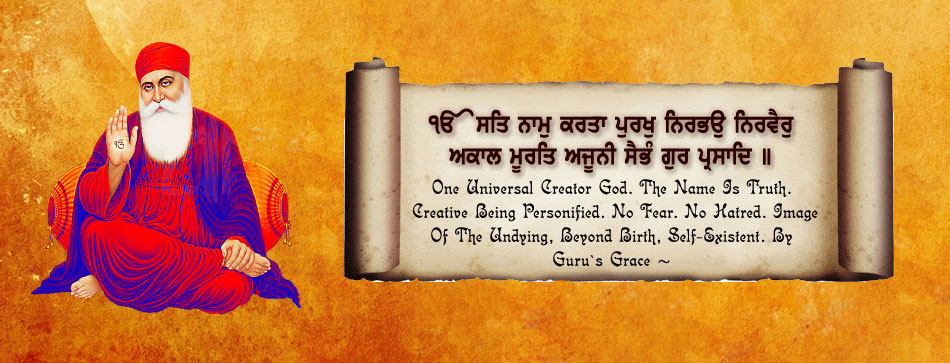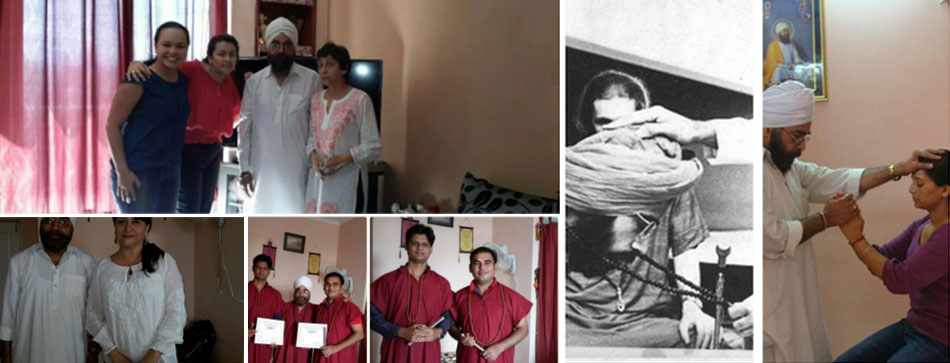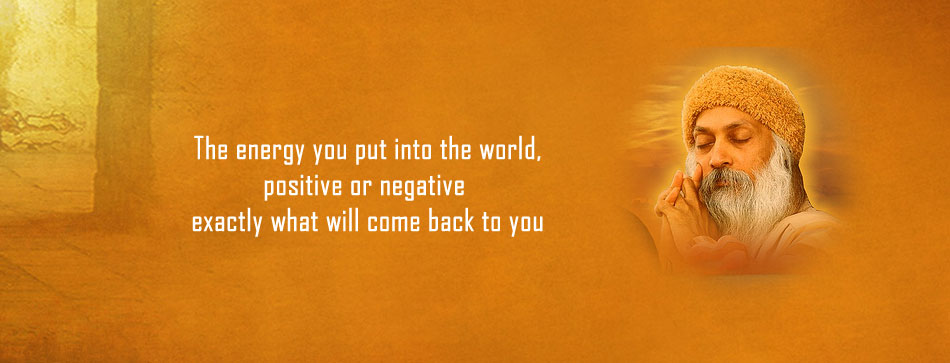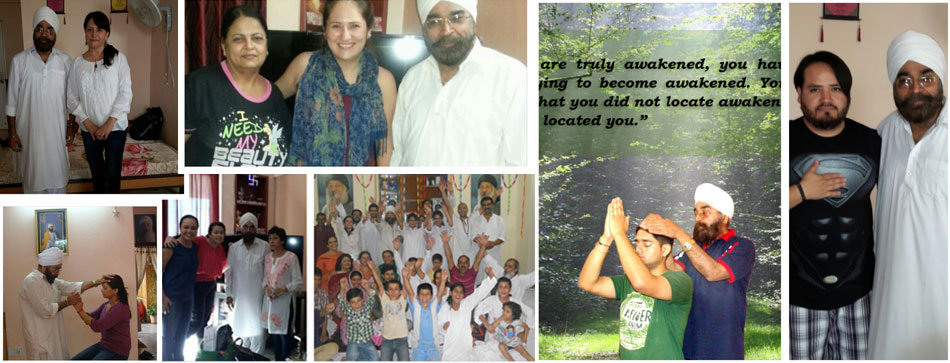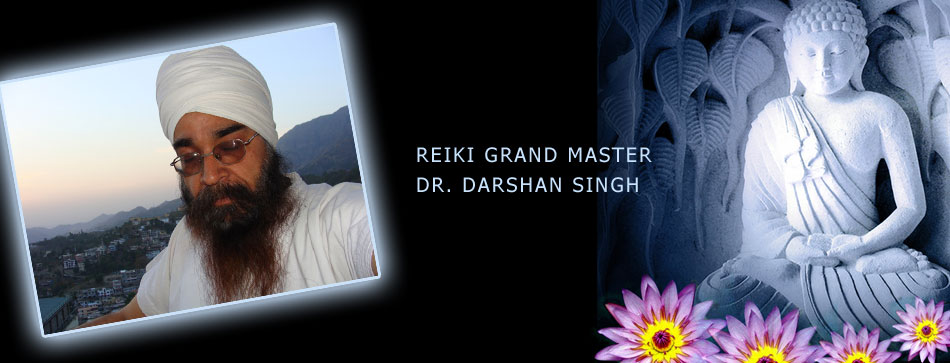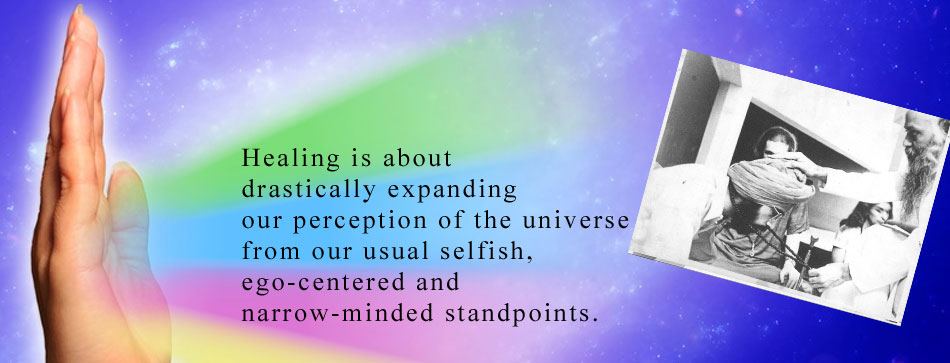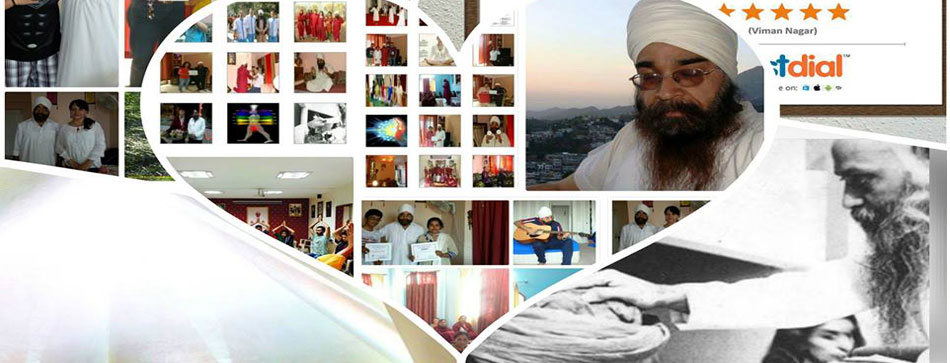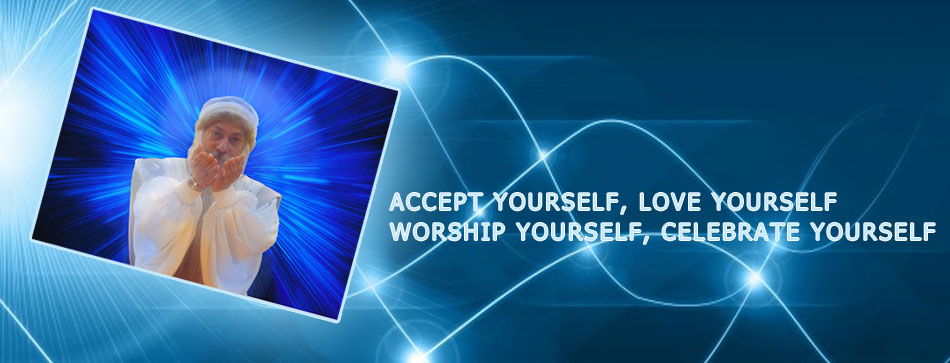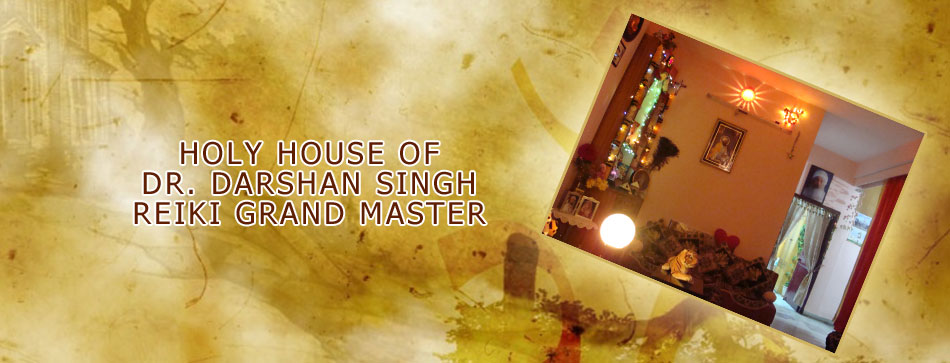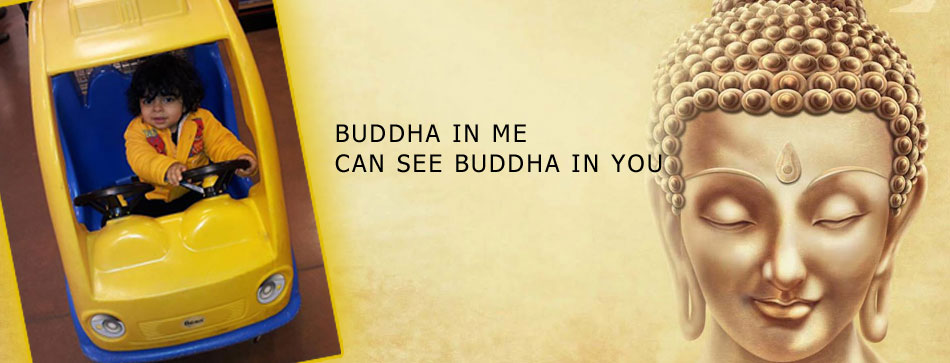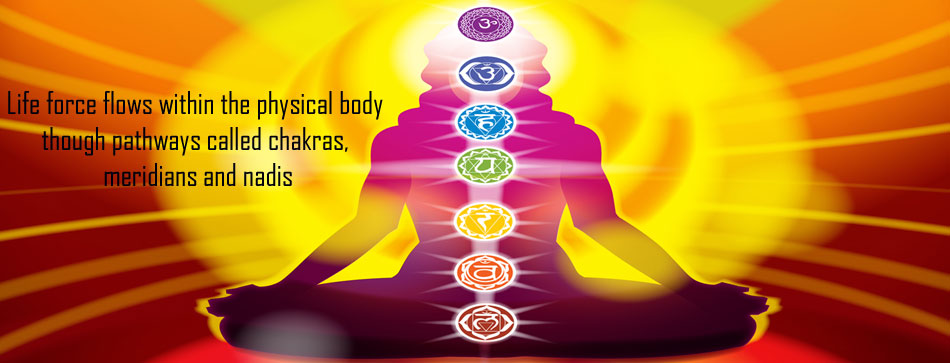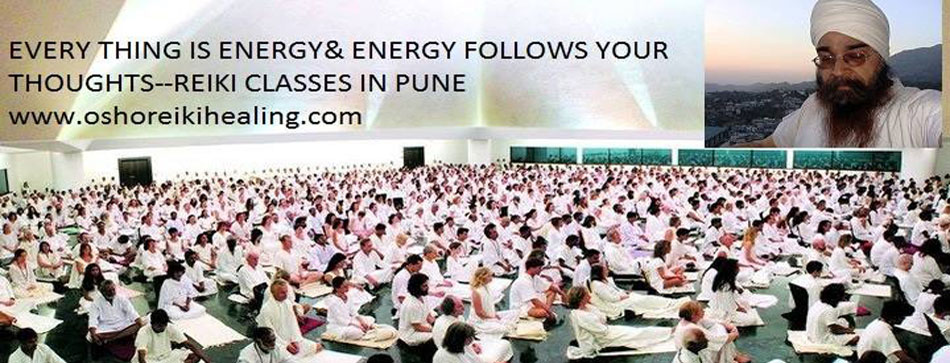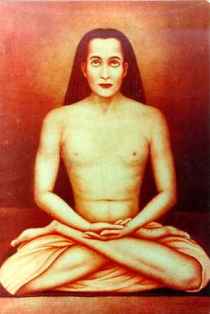
1. Prayer. Sit upright, relax completely, and then offer a prayer. If you are not comfortable with the concept of God, then ask for guidance from your own higher self.
2. Relaxation. Inhale, tense the whole body, then throw the breath out and relax. Doing this three to six times will help rid the body of unconscious tensions. Now, consciously relax the various body parts, starting with your feet and working your way gradually to the head and brain. It may help you to visualize space or light filling each area as you relax it. Physical relaxation is the first step necessary for deep meditation.
3. Regular Breathing to Relax the Mind. The breath is intimately linked with the mind. By controlling and relaxing the breath, we influence the mind to become calm. Inhale slowly counting one to twelve, hold your breath for the same number of counts, then exhale for the same count. This is one round of “regular breathing.” Do six to nine rounds. Your may either lengthen or shorten the number of counts according to what is comfortable, but keep the inhalation, retention and exhalation equal.
4. Concentrate Your Awareness. Concentrate at the point between the eyebrows and dismiss all thoughts from the mind. Don’t think about the past, or worry about the future, but be completely centered in the here and now. As you begin your meditation, you will find it helpful to take a moment to consciously decide to leave all preoccupations behind. If you find that your mind stills wanders, gently bring it back to the point of concentration. Try to deepen your meditation until you become completely absorbed. Meditate with energy and enthusiasm, but stay focused and relaxed.
5. Meditation Techniques. Start with the Hong-Sau technique for five to ten minutes. Then you can practice one or more of the following techniques:
a. Chant Silently. Chants are usually simple prayers such as, “I want only Thee Lord, Thee, only Thee,” set to music. Chanting is very important because, as well as providing a point of focus for the mind, it helps open the heart and develop devotion. As your chanting becomes more internalized, try to “get behind” the words, and silently, non-verbally, express the vibration of the chant. Paramhansa Yogananda often said, “Chanting is half the battle.”
You can use a mala (prayer beads) to keep track of the number of times you have repeated a mantra or done another practice.
b. Repeat a Mantra. A mantra is a spiritual word formula, often in Sanskrit. Mantras are normally chosen because of the inherent power in the sound of the words themselves as much as for their meaning. In both chanting and repeating a mantra you should try to concentrate totally on it, excluding all other thoughts from the mind and letting it carry you into a state of complete stillness.
c. Do a Visualization Exercise.One of the best practices is to try to clearly visualize the eyes of an enlightened master or saint. You may want to start by looking at a photo or painting, then close your eyes and try to see his or her image at the point between the eyebrows. As you visualize more and more clearly, try to commune with the consciousness behind the eyes. The eyes are the “windows of the soul,” and the eyes of a self-realized master will help attune you to cosmic consciousness.
d. Call to God with Deep Devotion. Call to God (or your higher self) in the simple language of your own heart, and ask Him to reveal Himself to you. Let His light enter into you and transform you in whatever way He knows will be for your highest good. The best time to pray for yourself or others is when your mind is calm and your heart is pure. By praying for the world or for the welfare of others, you will inevitably be moving toward the goal of meditation: an expansion of your consciousness.
e. Enjoy the Results. Do only one or two techniques during a single sitting. The goal is to dive deep and become absorbed in the meditation experience. Don’t fill your whole meditation time with techniques. It is very important to simply sit and enjoy the silence, or love, or joy that has been awakened through the practice of the techniques.
6. Concentrate Deeply on What You Are Experiencing. Try, through deep receptivity, to increase and expand the experience. If, for instance, you are experiencing a feeling of love, let your love continue to expand until it embraces the whole world and every person and living thing in it. Continue to expand beyond the personal, giving and receiving love, until you feel that you are floating in the universal ocean of love which sustains the universe.
7. Feel God’s Response. Spend the last few minutes of your meditation trying to feel God’s response in your heart. After the more active first phase of a meditation we should become receptive, since meditation is meant to be a dialogue with the Infinite. If we listen sensitively His response will come. We receive, not through the senses nor through the mind, but through intuition. The heart area is the center of intuition and it is important to end our meditation by concentrating here.
8. Transition. As you leave your meditation try to hold on to the feeling of peace and joy for as long as possible by bringing your meditative consciousness into your daily routine. If you learn to do this, you will transform the quality of your life. You may want to take short mediation breaks during the day to recontact your inner center.
How Long Should I Meditate?

| | | Next → |

